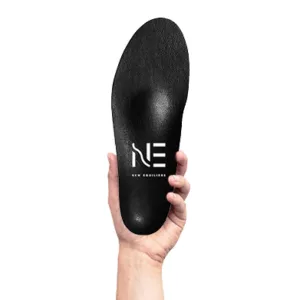Free delivery and returns
For all orders within Metropolitan France. Read more
For all orders within Metropolitan France. Read more
10 discount for every 2 pairs purchased!
Use code "PROMO10" in your shopping cart.
Use code "PROMO10" in your shopping cart.
Previous slide
Next slide
Free delivery and returns
For all orders within Metropolitan France. Read more
For all orders within Metropolitan France. Read more
10 discount for every 2 pairs purchased!
Use code "PROMO10" in your shopping cart.
Use code "PROMO10" in your shopping cart.
Previous slide
Next slide


